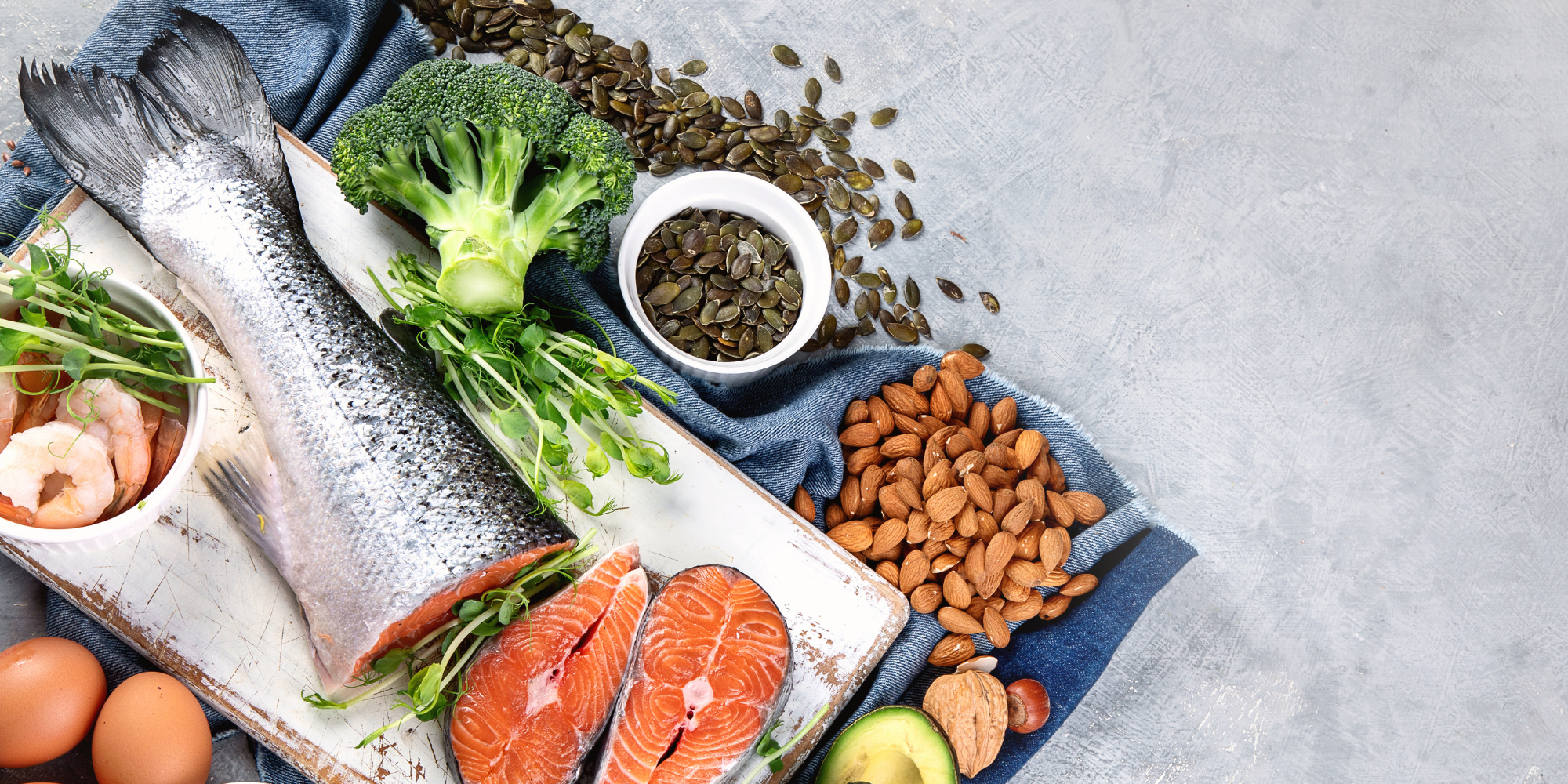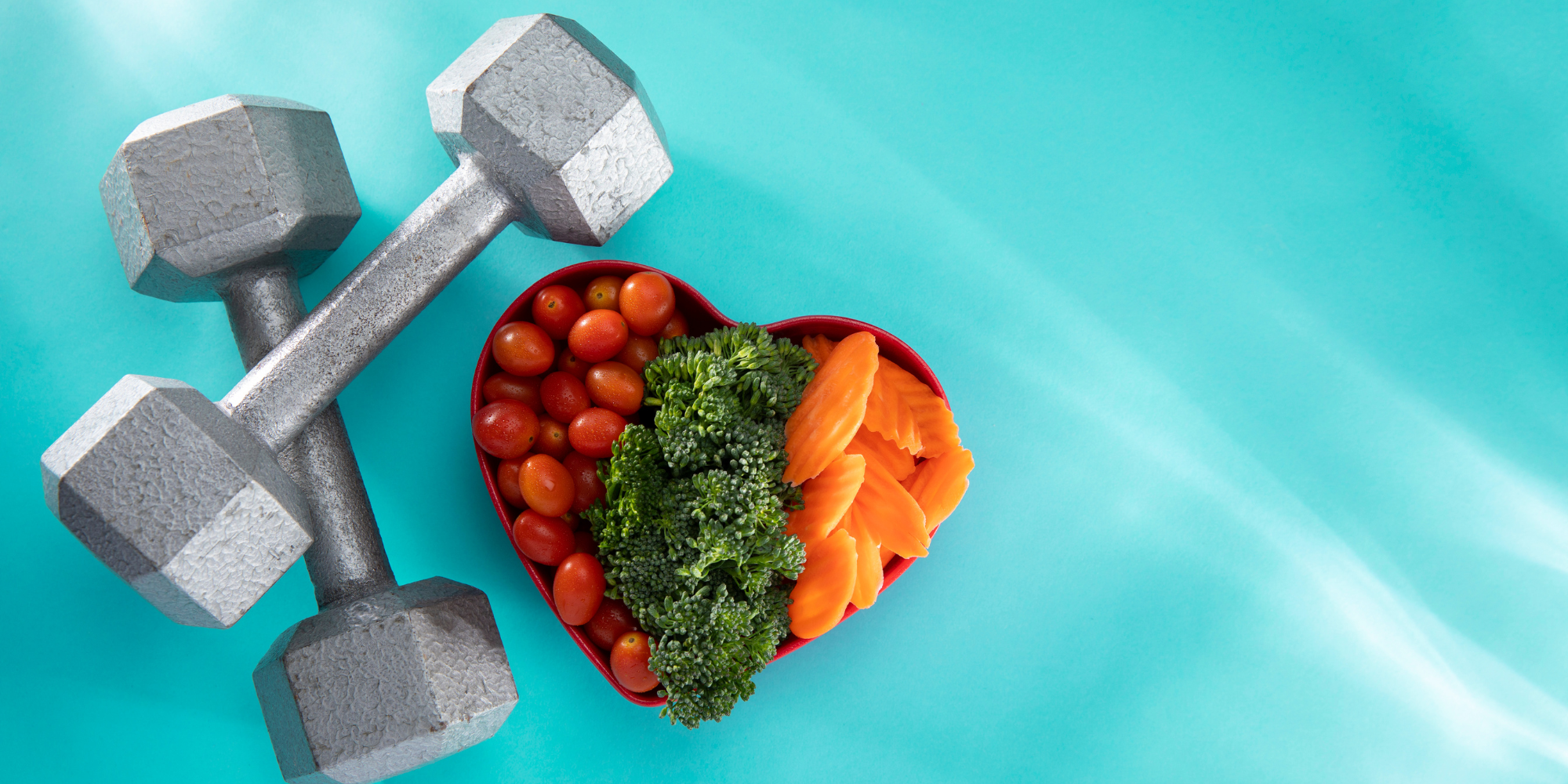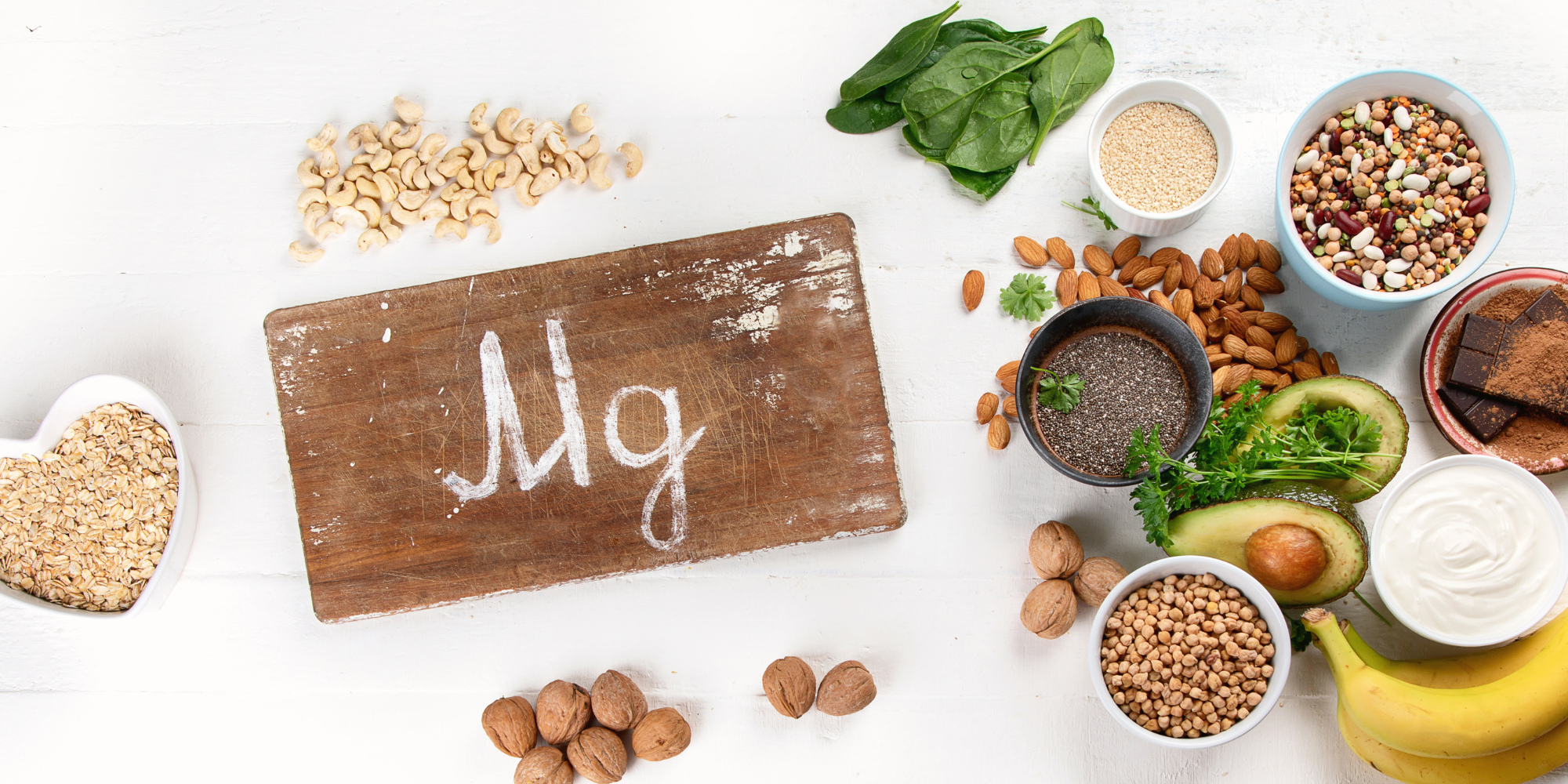If you need to boost omega-3 in your diet, but eating fish isn’t an option, you’ll want to keep reading.
Fatty fish rich in omega-3s provide protein and essential fatty acids our bodies need without the additional saturated fats and dietary cholesterol common in land-animal proteins. This makes omega-3 rich fatty fish an ideal choice when choosing to eat animal protein. In fact, omega-3 rich fatty fish are the number one recommended animal protein on the Pritikin Eating Plan.
If you need to boost omega-3 in your diet, but eating fish isn’t an option, you’ll want to keep reading.
Why Omega-3?
EPA and DHA (Eicosapentaenoic acid and docosahexaenoic acid) have been shown to lower blood pressure, lower heart rate, and improve blood vessel function. At higher doses, they may even lower triglycerides and ease inflammation, which plays a role in the development of atherosclerosis. Thankfully our bodies can make most of the fatty acids we need. However, there are some essential fatty acids our bodies cannot make, most notably omega-3 fatty acids, EPA and DHA. These can be found in fatty fish like salmon, mackerel, sardines, herring, and trout.
But….” I’m allergic to fish!” ….” Fish is too expensive!” ….” I just don’t like fish!”
There is no doubt that omega-3-rich fish are ideal animal proteins and the healthiest choice for our hearts and bodies, but what if fish consumption isn’t an option? Many people have serious fish or shellfish allergies, don’t have access to affordable fish, or frankly just don’t care for the taste of fish. Fear not! Our bodies are amazingly designed and equipped with a plan B option. There is another omega-3 fatty acid called alpha-linolenic acid (ALA). ALA, which comes from plant-based foods and oils, such as flaxseed, walnuts, chia seeds, hemp seeds, soy, and canola oil, can be converted by our bodies to make EPA and DHA! How cool is that?! The Academy of Nutrition and Dietetics’ 2016 position paper on vegetarian diets states that the omega-3 needs of healthy individuals can in fact be met by consuming ALA alone because human bodies can make enough EPA and DHA from ALA.
What amount of these plant-based foods must I eat to get enough ALA?
Depending on your age, gender, and life stage, your body will require various amounts of ALA. Look at the charts below and determine how many grams of these plant-based foods you will need to get an adequate intake of ALA (assuming you are steering clear of omega-3s from fish sources).
| Life Stage | Recommended Amount of ALA |
| Birth to 12 months | 0.5 g |
| Children 1-3 years | 0.7 g |
| Boys 9-13 years | 1.2 g |
| Girls 9-13 years | 1.0 g |
| Teen boys 14-18 | 1.6 g |
| Teen girls 14-18 | 1.1 g |
| Men | 1.6 g |
| Women | 1.1 g |
| During Pregnancy | 1.4 g |
| While Breastfeeding | 1.3 g |
| Food | Amount | Grams/Serving |
| Flaxseed oil | 1 tablespoon | 7.26 |
| Chia seeds | 1 ounce | 5.06 |
| English walnuts | 1 ounce | 2.57 |
| Flaxseed, whole | 1 tablespoon | 2.35 |
| Canola oil | 1 tablespoon | 1.28 |
| Soybean oil | 1 tablespoon | 0.92 |
| Black walnuts | 1 ounce | 0.76 |
*Both Tables can be found in the "Members" section of the Vegetarian Nutrition Dietetic Practice Group website, www.VNDPG.org.
Practical examples:
Let’s look at some actual examples of what adequate Omega-3 fatty acid intake through ALA would look like daily.
Example 1: For a 30-year-old adult woman, the recommended amount of ALA would be 1.1g. Looking at the chart on the right, she could accomplish this by adding about 1.5 tsp of whole flaxseeds to her oatmeal in the morning.
(3tsp = 1 tbsp; 1 tbsp whole flaxseed = 2.35g ALA; 2.35g ALA /3tsp = 0.78g ALA/tsp x 1.5 tsp = 1.17g ALA in about 1.5 tsp whole flaxseed)
Example 2: For a 60-year-old man, the recommended amount of ALA would be 1.6g. Looking at the chart on the right, he could accomplish this by adding about 2/3 ounces of English walnuts to his salad.
(1-ounce English walnuts = 2.57g; 2.57g/3 = 0.85 g ALA/ 1/3 ounce; 2/3 ounce English walnuts = 1.7 g ALA)
In a nutshell, you don’t have to miss out on your Omega-3s if you don’t want to or can’t eat fish. Try incorporating ALA from plant sources into your diet instead!




